Migration and long-term consequences for the Mekong Delta
The Mekong Delta is the largest rice, fruit and seafood granary in the country, but it has had the highest emigration rate in Vietnam over the past two decades. According to the 2019 Population Census, the whole region has up to 1.3 million people migrating abroad, accounting for more than 50% of the total emigration nationwide. More worryingly, most of those leaving are young workers aged 18-35, leading to population aging, shortage of core labor force and weakening the driving force for local socio -economic development[1].
According to many experts, migration from the West is not simply a personal choice, but has become a “structural” phenomenon, with deep-rooted causes such as lack of stable jobs in place, low income, limited social service conditions, especially the absence of high value-added economic sectors. As Nhan Dan Newspaper analyzed, while other key economic regions such as the Southeast, Hanoi , and Da Nang attract residents thanks to industrial and service development, the West is still struggling in a “purely agricultural” position, not attractive enough to retain the young generation[2].
Not only affecting the local economy, the prolonged out-migration also entails far-reaching social consequences. Family separation, lack of care for children and the elderly, cracks in traditional community structures... are social scars that are present in many rural areas of the West. In particular, the massive wave of returning workers during the Covid-19 social distancing period in 2021 has clearly exposed the level of dependence of the people of the Mekong Delta on other industrial development areas - not only in terms of income, but also in terms of long-term livelihoods.
Industrialization - the key to solving the migration problem in the Mekong Delta
In the socio-economic development strategy for the period 2021 - 2030, the Mekong Delta is identified as a key agricultural region, but is also being adjusted towards increasing the proportion of industry and services. According to Resolution No. 13-NQ/TW of the Politburo and the Mekong Delta Regional Planning to 2030, vision 2050, the Government emphasizes the goal of sustainable development, adaptation to climate change, improving people's lives and reducing regional disparities. In particular, industrialization - which has been a "gap" in the West for many decades - is now considered a new driving force for growth.
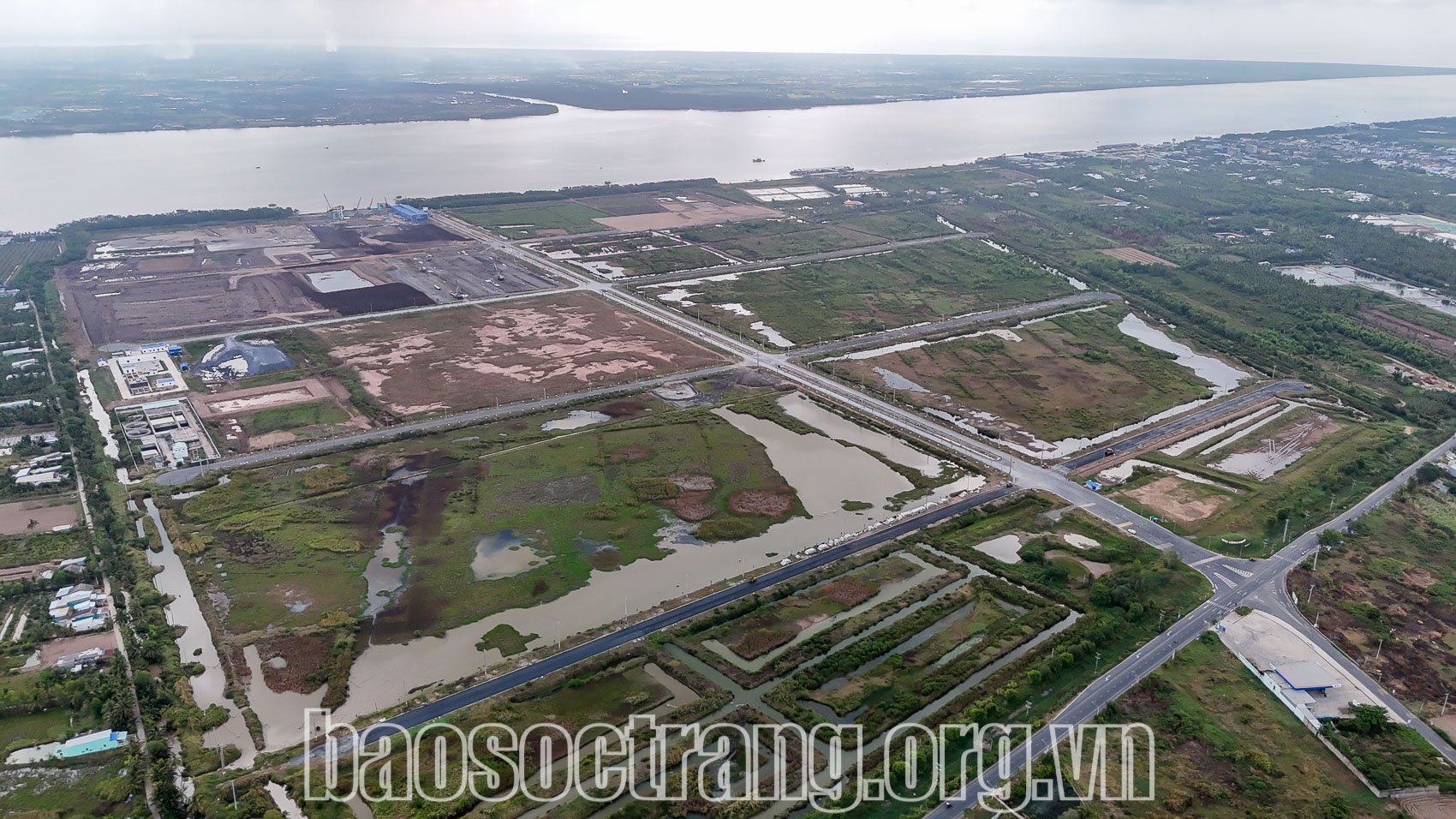 |
| The wave of investment in industrial park infrastructure is accelerating significantly in many provinces and cities in the region. Photo: PHUC THINH |
In fact, the wave of investment in industrial park (IP) infrastructure is accelerating significantly in many provinces and cities in the region. According to data compiled from the management boards of industrial parks and economic zones (EZs) in the Mekong Delta, there are currently 122 IPs and EZs in the region with a total area of 137,516 hectares. Of these, 52 IPs and EZs have come into operation, with a total area of 106,874 hectares[3]. In a recent report by Finance Magazine[4], experts commented that the Mekong Delta is gradually transforming from a purely agricultural region to a multi-industry development model, taking processing industry and logistics services as key factors to increase value. Many provinces have issued incentive mechanisms, shortened investment procedures and linked the planning of IPs with the development of inter-regional transport infrastructure such as the Trung Luong - My Thuan, My Thuan - Can Tho, Can Tho - Hau Giang, Chau Doc - Can Tho - Soc Trang expressways, etc.
In the context of a declining young population in the Mekong Delta due to persistent out-migration, industrialization is no longer an option but an inevitable requirement to retain young people, create stable livelihoods and unleash endogenous development energy for the entire region.
Since 2021, especially since the implementation of new resolutions on regional planning, a wave of industrial investment has been shifting strongly to the Mekong Delta. In the first 6 months of 2024, industrial parks and economic zones in the Mekong Delta region attracted 65 new investment projects[5]. Many large-scale projects have begun to land, such as VSIP Can Tho (293 hectares, phase 1 investment capital up to 3,717 billion VND), Dong Binh Industrial Park, Gilimex (Vinh Long), Dong Phu 2 (Hau Giang), or industrial processing clusters in Soc Trang, Bac Lieu, Tien Giang... These projects not only create jobs on the spot but also change the economic structure - from small-scale production to chain-based industrialization.
The agricultural processing industry is being identified as a spearhead in line with the fundamental advantages of the West. Attracting deep processing enterprises in the fields of rice, fruits, and seafood - along with supporting industries and logistics - not only increases the value of agricultural products but also increases the demand for technical labor and specialized workers, thereby creating conditions for local people, especially young workers, to access jobs and have stable income without having to leave their hometowns.
In fact, many localities have clearly identified this trend. Hau Giang province aims to develop into an industrial province by 2030; Tien Giang is initiating a high-tech industrial cluster associated with seafood processing[6]; Tra Vinh promotes green industry and renewable energy, aiming to export technical labor[7]. Meanwhile, industrial real estate projects, worker housing and logistics services are being implemented synchronously in Binh Minh (Vinh Long), Vi Thanh (Hau Giang), Long An and Kien Giang.
The steps needed to make your dream of starting a business in your hometown come true
Industrial development in the Mekong Delta cannot stop at industrial parks, factories, or investment attraction figures. If the ultimate goal is to retain people and create opportunities for young people to start businesses in their homeland, then policies need to go further - including synchronous infrastructure, quality human resources, and especially an attractive living environment, competitive enough with other developed economic regions.
Firstly, industrial planning must be linked to the overall regional planning and transport infrastructure connectivity. The development of industrial zones in a scattered manner, lacking connectivity and incompatible with infrastructure capacity will not create a development ecosystem. As directed by the Prime Minister at recent regional meetings, localities must prioritize the completion of horizontal and vertical highways such as Can Tho - Ca Mau, Chau Doc - Can Tho - Soc Trang, to connect raw material areas, logistics centers and industrial clusters. At the same time, the planning of industrial zones must closely follow the Mekong Delta Regional Planning for the period 2021 - 2030, with a vision to 2050 - one of the first integrated plans under the new Planning Law.
Second, industrial development must go hand in hand with vocational training and local human resource development. This is a major bottleneck if not resolved synchronously. Vocational training centers in the region need to shift training in a direction that is aligned with business needs - from basic skills to digital, smart manufacturing and occupational safety. There needs to be preferential policies for businesses to coordinate training, and especially a program to "repatriate" highly skilled workers - those who left their hometowns to work in southern industrial parks - now returning with new job opportunities.
Third, create an attractive living ecosystem for people to settle down, not just work. Industrialization cannot be sustainable without accompanying urbanization. Localities need to develop synchronously workers' housing, healthcare services, education, culture, entertainment, etc. so that young people can imagine a fulfilling life in their hometown. The construction of satellite urban areas around industrial parks in Can Tho, Hau Giang, Long An, Tra Vinh, Kien Giang, etc. is a positive signal, but it needs to be expanded, methodical, and linked to actual needs.
Fourth, digital transformation and green industry must become top priorities. If the Mekong Delta continues to develop industry according to the old model - heavily exploiting resources and lacking technological innovation - it will not only be difficult to attract young workers, but also conflict with the region's sustainable development goals. Developing ecological industrial parks, using renewable energy, treating circulating wastewater, applying digital technology to operations management, etc. will be a "long-term ticket" to retain young people with qualifications and aspirations for a civilized and modern life in their homeland.
Fifth, it is necessary to arouse a proactive mindset from local people. The role of the grassroots political system, mass organizations, start-ups, local media... is very important in inspiring, leading a new lifestyle and reshaping development thinking associated with local identity.
Developing industrial parks in the Mekong Delta is not only a simple economic solution, but also a comprehensive strategy to solve the problem of sustainable development of the region. When industrialization is implemented properly, along with the development of human resources, infrastructure, and living environment, it will create great motivation for young generations to stay in their homeland to start a business and attract migrant workers to return. Therefore, developing industrial parks in the Mekong Delta is both the key to solving the problem of emigration and an opportunity for young people in the West to continue to affirm their strength and intelligence in the process of building their homeland, while contributing to the overall development of the country in the new era - the era of national development.
Dr. Nguyen Huu Dung - Regional Political Academy IV
[1] Migration wave in the West: What do experts say about fundamental solutions?
[2] Migration problem in the Mekong Delta
[3] Industrial park development: Driving force for economic growth in the Mekong Delta region
[4] Mekong Delta: New point for industrial real estate development
[5] Industrial park development: Driving force for economic growth in the Mekong Delta region
[6] Tien Giang focuses on processing seafood for export
[7] Developing Tra Vinh into a renewable energy export center
Source: https://baosoctrang.org.vn/cong-nghiep/202505/cong-nghiep-hoa-mien-tay-chia-khoa-giai-bai-toan-xuat-cu-va-tao-sinh-ke-ben-vung-bee7ee6/


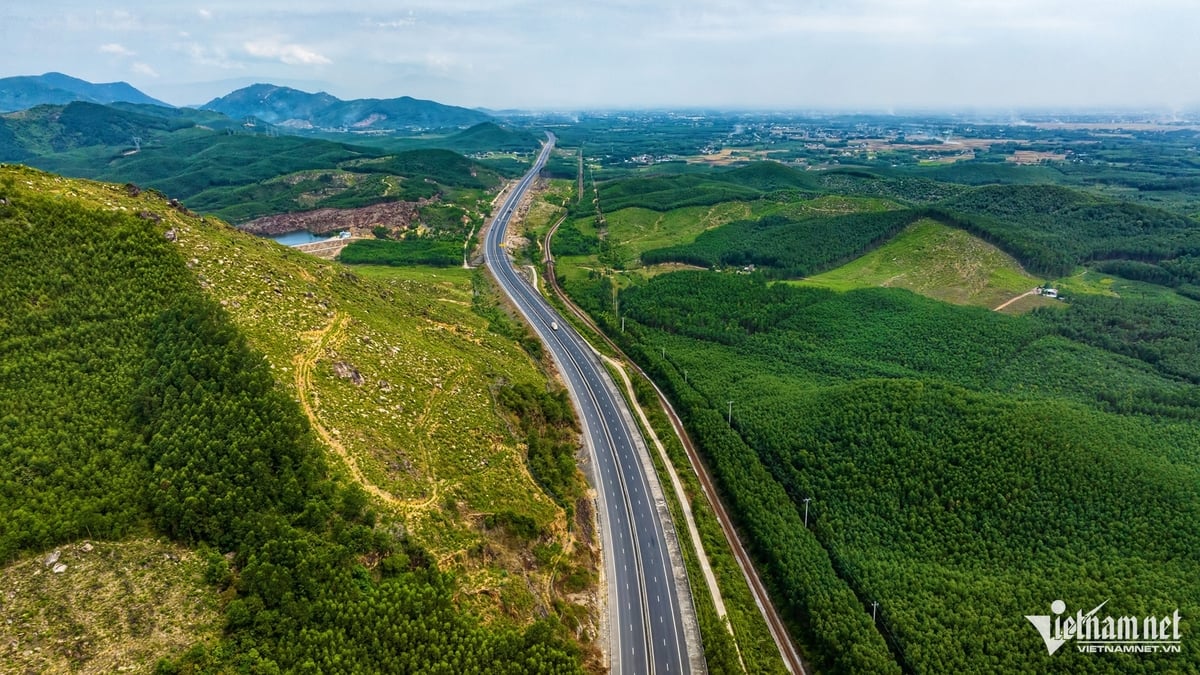
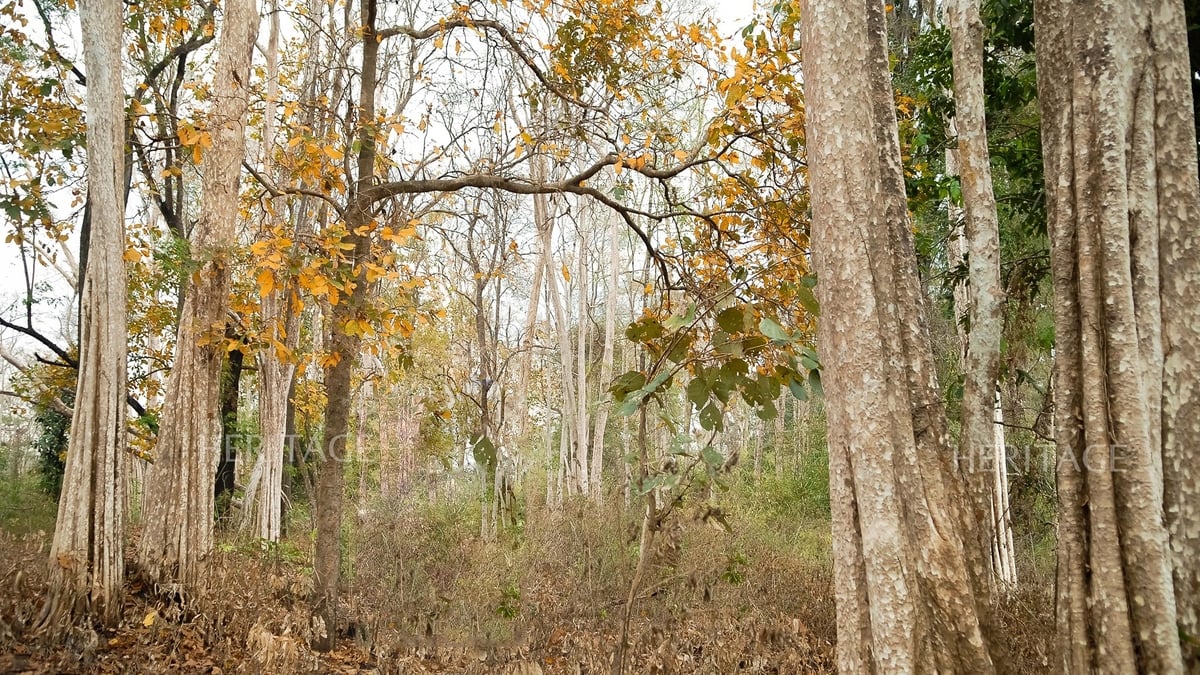


![[Photo] Vietnamese shipbuilding with the aspiration to reach out to the ocean](https://vphoto.vietnam.vn/thumb/1200x675/vietnam/resource/IMAGE/2025/5/20/24ecf0ba837b4c2a8b73853b45e40aa7)
![[Photo] Award ceremony for works on studying and following President Ho Chi Minh](https://vphoto.vietnam.vn/thumb/1200x675/vietnam/resource/IMAGE/2025/5/20/a08ce9374fa544c292cca22d4424e6c0)


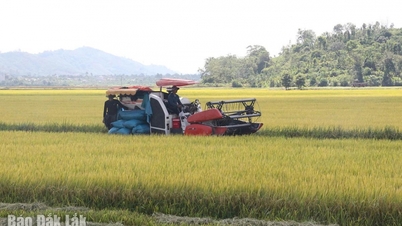







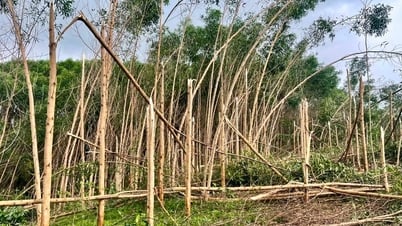






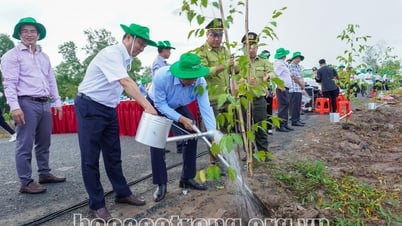
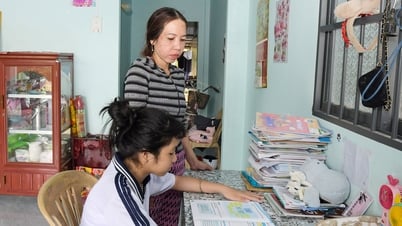
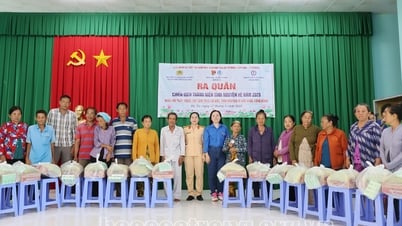
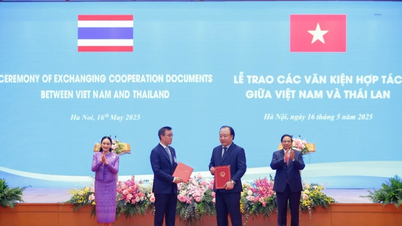
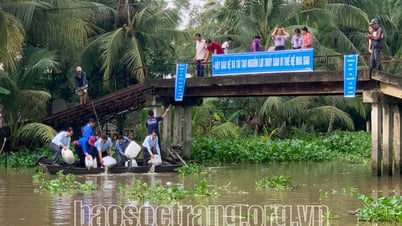
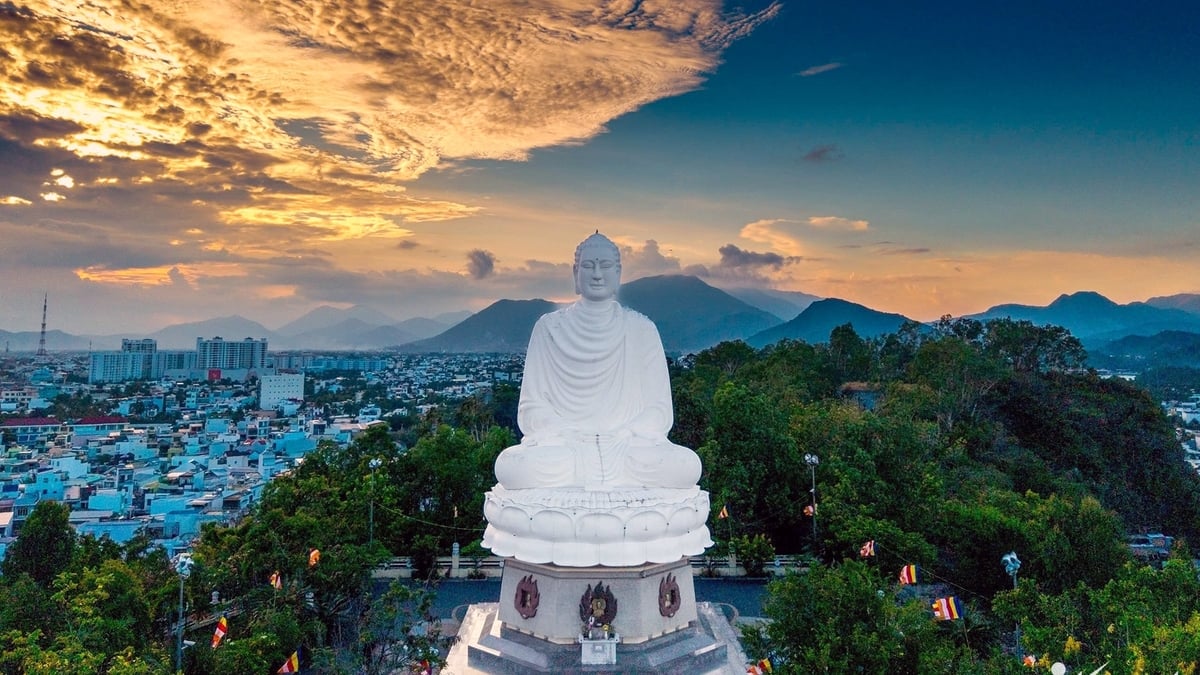



































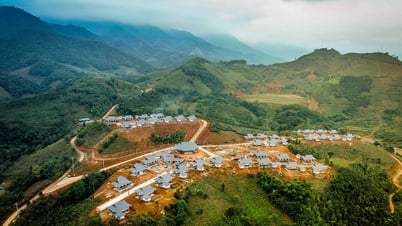











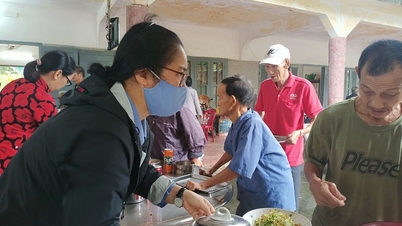
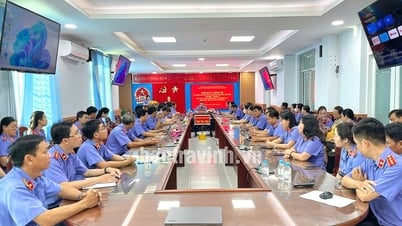
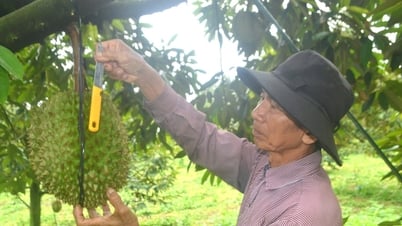










![[VIDEO] - Enhancing the value of Quang Nam OCOP products through trade connections](https://vphoto.vietnam.vn/thumb/402x226/vietnam/resource/IMAGE/2025/5/17/5be5b5fff1f14914986fad159097a677)
Comment (0)